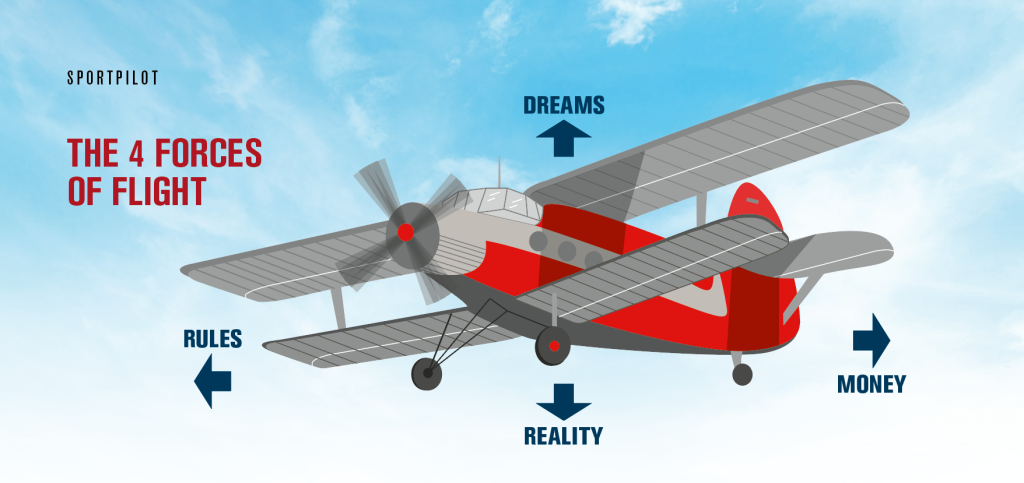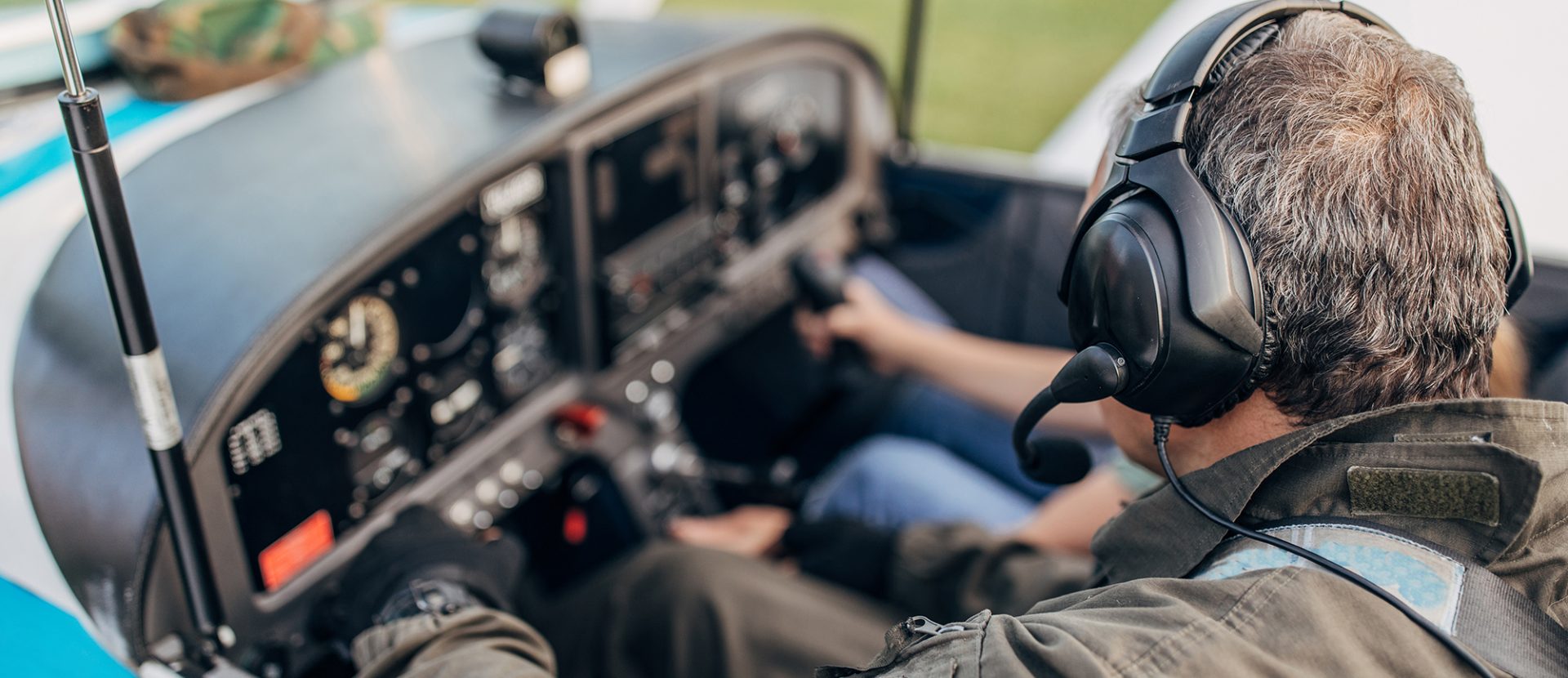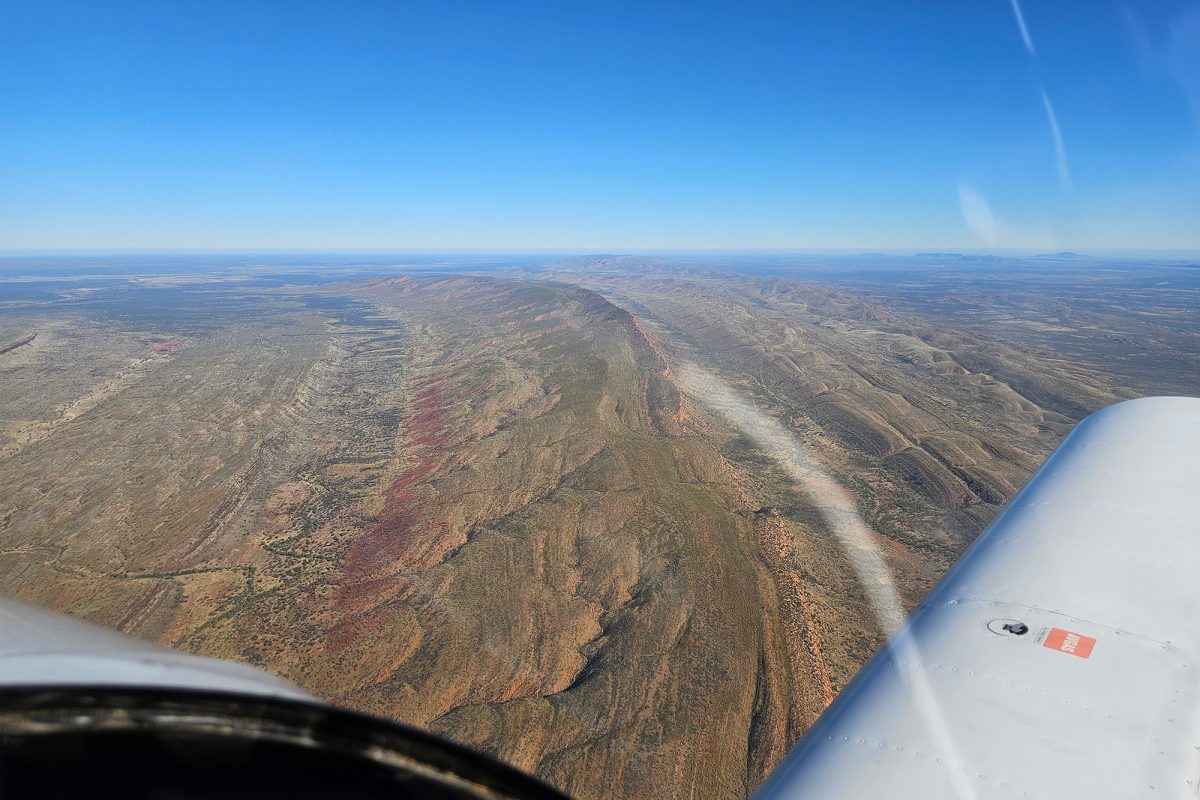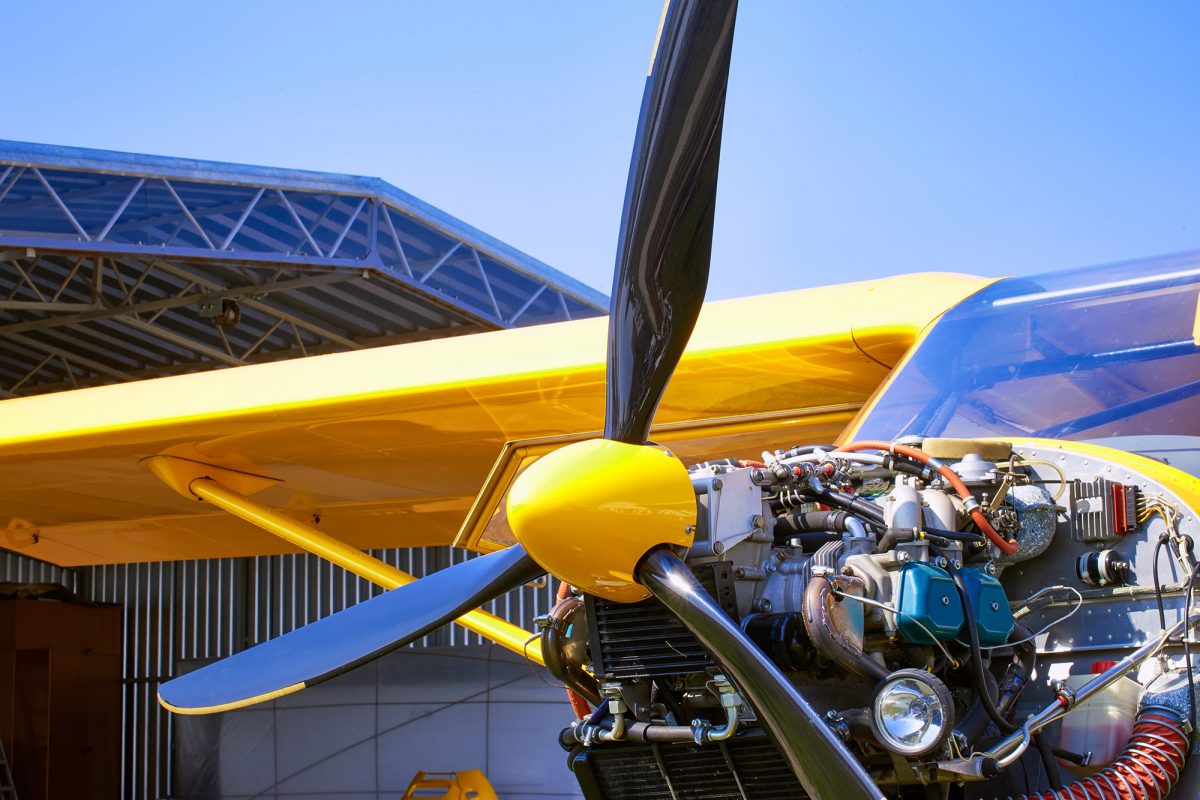UNPACKING THE TIME, COST AND COMMITMENT OF FLYING
One of the most frequently asked questions of any instructor or indeed anyone associated with flight training is the grand old question of time. How many hours do I have to do? How long will it take? Followed by the inevitable associated question of cost. In this training edition, we unravel the sixty-four thousand dollar question and find out it will cost much less and definitely take less time to find out.
Learning a new skill is not like buying a product or service, ask any pilot who’s been around a while, and they will tell you it’s a never-ending journey. But in today’s world we have been conditioned to grasp the end goal, not the journey, and to put a value on it bringing with it all the associated expectations. The buy now, pay later or fast-food drive through cultures have conditioned us that if we want it, we can have it now. This is the cultural norm, fed by advertising, captured by promises from politicians to TikTokers.
I often respond to this question by establishing a frame of reference. In every state in Australia, it’s now mandatory to log at least 100 hours of assisted driving as a learner before you can even be considered for a practical test. Driving shouldn’t be considered an easy skill to acquire, some might say many never do but still manage to get a driver’s licence! The fact is you can stop a car with the push of a pedal, which has ABS and other wonderful technology to help you. Also, you won’t generally die if you drive too slowly, and there are painted lines and signs that tell you what to do. Now compare this to taking that car and putting it in the air – needing to use three and sometimes more controls at once just to turn it, then being able to plan to land in the width of a parking bay while entering the car park at 100kph and not being able to see the parking spot asyou slow down. There are no traffic lights, no marked roads, and the road you drive on is constantly moving. Oh, and did I mention the ever-present threats related to weather? So, when we start talking about minimums around 20 hours, it seems unfathomable that we could ever learn to fly in anything like these minimums. The reality is there are approximately 16 hours of new skills you will need to learn and then practice; ensuring you have these right, every time.
Firstly, you need to be shown how the aircraft is maneuvered and managed, then practice these skills until they become automatic — all of this being done with the safety of lots of clear airspace all around you, and the guiding words of your instructor. How long? Until you get it consistently right, and with a degree of accuracy. On top of that, you’ll be learning to judge perspectives and angles from a completely new dimension, as well as how to identify threats such as birds and other aircraft — things you do in the two-dimensional world in a completely differentway. And let’s face it, these threats are real. It’s worth remembering, there’s nowhere to park up there while you figure it out, one mistake when you’re in charge and we’re not exchanging insurance details, we’re likely going to hospital or worse. Many of these skills may be counterintuitive to what you already know, or completely foreign concepts like the aerodynamic stall, or force coupling. So, while it’s not impossible to complete all the required training in the minimum 20-hour syllabus, it’s not the norm, and you can probably begin to understand why. Let’s now look at some other factors that influence not just the required flight hours but the actual time it will take to obtain that coveted pilot certificate.
Motivation. This is like the New Year’s resolution. These dreams become reality for pilots every day, but we should be prepared for the challenges of learning. Fitting flying lessons in with a busy life and competing priorities can be difficult. Study, research, and practising checks and procedures at home are going to replace social media scrolling for a while if you want to accelerate your progress.

Recency. Our brains and bodies are like elastic bands, we need to stretch them regularly, and even then, we can lose up to 60 percent of presented informationinitially until the concepts are stored in long-term memory. Long breaks and lack of consistency can really hamper progress when learning new skills. We may not always be able to control interruptions in our training, but dedication and a robust plan are required if we aim to realistically reach our goals.
Finances. Flying has never been cheap but ask any pilot and they will say it was worth every cent. The reality is that it is coming up with $7-10K in today’s market, while cheaper than many investments, it’s money that still must be found in the budget. Whether you’re a 15-year-old working an after-school job or a busy adult juggling a myriad of life expenses, this is not pocket change and realistically requires planning, investment and commitment to realise the value. Of course, there are many other factors such as your own learning style, modifying existing behavioural primacies and the rate of skill absorption as well as external factors like weather, training locations, school availability and of course the quality of the training provider.
So, while all of the above considerations are part of reality, your flying dream can be realised, and in some ways it has never been easier. Flight school data indicates that our training systems can build and deliver capable pilots in generally less than half the time of a learner driver. RAAus constantly receives stories of successful teenagers gaining their pilot certificatesbefore they even can obtain a driving permit, and working adults realising their dream in a few short months of training. While every journey will be different, recreational flight training remains the most cost-effective and simple way to start your flying adventure.
Aviation, as both an activity and a career choice, has been on the rise now for over the last ten years, with airborne travel now part of just about everyone’s lives and flight schools existing in almost every major city in the country. Recreational aviation schools make up a significant proportion of these, with many offering boutique programs tied to secondary school-based STEM programs. There has never been a better time to start your flying journey, but it is important to realise it’s not about the minimum time to get there but the maximum enjoyment and learning along the way. Finally, don’t forget to give those drivers stuck in traffic as you fly overhead, a cheeky wave as many are slogging out their 100+ hours and you’ve long taken to the skies.







